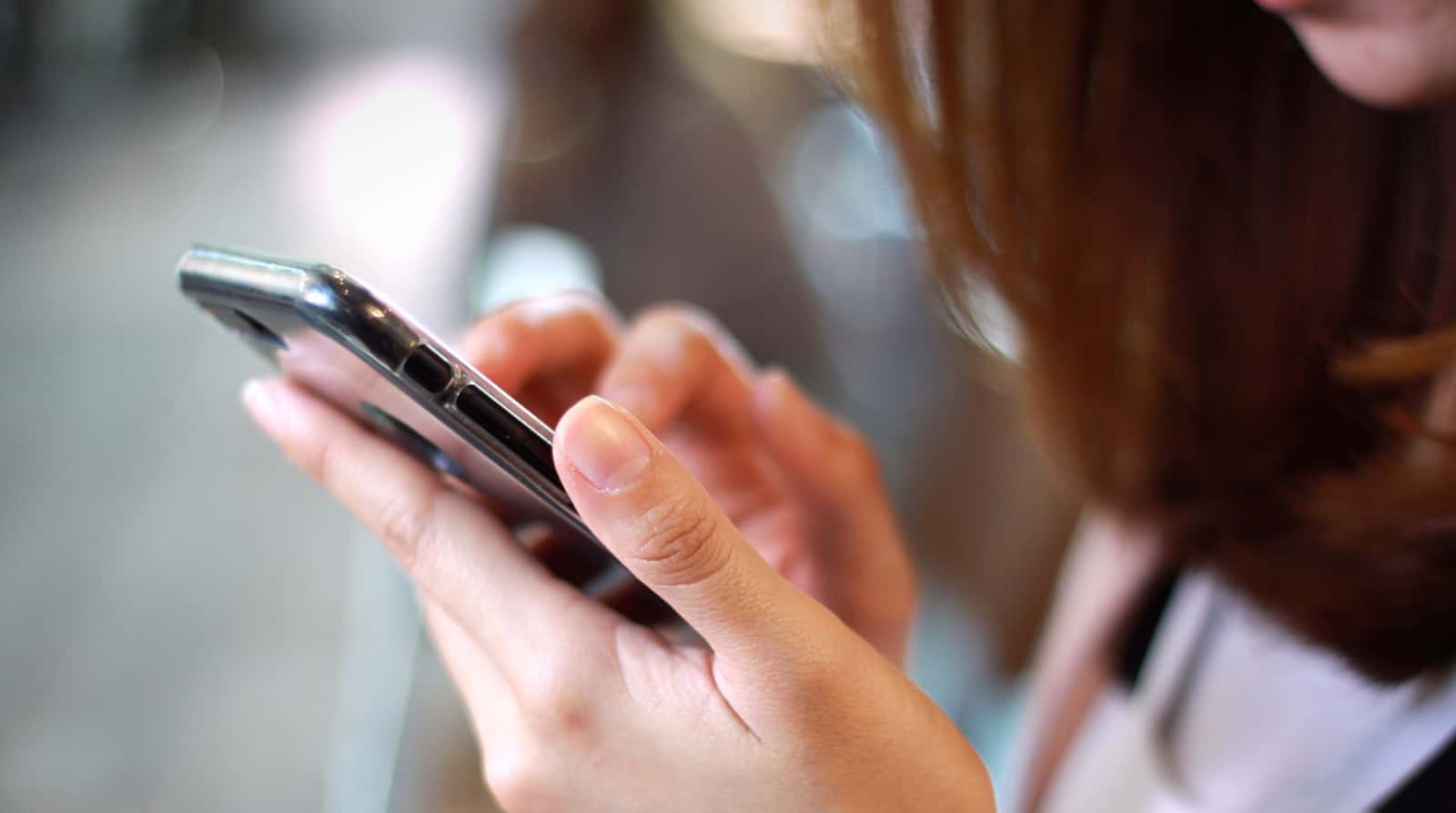The end of March means a lot of things, and while April is just around the corner, backing up is even sooner. How can you back up your phone?
These days, our phones occupy a very central spot in our lives. We use them for everything, and that makes what’s on them very important.
But if you lose all of that data, that’s a day you’ll probably not want to face. Photos, messages, contacts and more, data can disappear if a phone just dies, or even if it gets lost.
So backing up your data is crucial, clearly, and while many of us have an automatic backup working for our phones, not everyone does.
With World Backup Day on March 31, it’s the perfect day to sit and work out how your phone will be backed up, and if there’s anything you can do to ensure data is somewhere else in case the worst happens, regardless of whether you have an iPhone or something from the Android persuasion.
Backup an iPhone with Apple iCloud
If you’re an iPhone owner, by default Apple gives you 5GB free storage for backups of photos, apps, messages, and other things you might store on your phone.
Unfortunately, that’s not a lot, so unless you’re backing up only specific things, you’ll probably want to upgrade.
In Australia, iCloud pricing for increased storage starts at $1.49 per month for 50GB, which will be more than enough for owners of 64GB iPhones, but if you have anything larger — or have other Apple devices — you may want to consider the 200GB and 2TB options for more dollars per month.
Alternatively, Apple One Premier includes options of either 50GB, 200GB, or 2TB, alongside the rest of Apple’s services, including Apple Music and Apple Arcade, to name a few.
Once you have enough storage for your iPhone, you can choose to backup anything on your phone, from the contacts to the message to the photos and more, or even choose what not to backup.
Backup an Android phone with Google One
It’s a similar situation with Android, but you can replace Apple’s iCloud with Google One, backing up an Android phone to Google storage.
Google is a little more generous with free storage, though; Android users get 15GB of Google One, and after that, any extra costs dollar bucks.
You’ll find 100GB starts from $2.50 per month, with options for 200GB, 2TB, 3TB, 5TB, and 10TB depending on how much you need to backup.
Worth noting is that Google One’s storage isn’t just for an Android backup, but also Gmail, Google Drive, and other Google services, so if you use one of those or have a family that does, the addition will mean extra storage for more than just an Android phone.
Backup your photos using Google Photos regardless of whether you have Android or iPhone
You don’t have to use Google One storage for backing up an Android phone, though. Whether you have Android or not, you can use the free 15GB to back up your photos to Google Photos.
To do this, download Google Photos for your phone, and set your settings to back up. You can back up in a lossy quality or a lossless higher resolution option, and you can choose to backup over WiFi or mobile data.
Google Photos can be browsed as a gallery on your phone or in a web browser, and they can even be shared on Google Nest devices, such as using them for an automatically updating photo frame.
While Google Photos used to have a free lossy tier, these days the image uploads count against the storage you have available.
If you haven’t paid for Google One, that means Google Photos counts to the 15GB storage available free to all Google users. However, keep in mind that if you use Google Mail — Gmail — your mail also counts in that storage, so just remember to balance things out.
Backup your phone to external storage
If backing up to the cloud isn’t your thing, you may want to consider a hard backup solution, such as a solid-state drive or thumb drive.
Your options for that will vary based on your phone, but if you have a mobile with a Type C connection at the bottom, nearly any type of external drive should connect.
Owners of an iPhone will need to use a backup drive with a Lightning connector or opt for a USB converter, though going for the latter means nearly any external drive should be fine, too.
Eventually when Lightning is replaced with Type C USB on the iPhone, you should be able to just plug in any Type C drive, such as Samsung’s T7 SSD or WD’s My Passport SSD, both of which we’ve plugged into phones before.
In either situation, you can back up to a physical drive either by copying things using your phone’s files app — copying from device to drive — or by finding a piece of software that does this. Depending on who makes the drive, it may even come with a bit of software to help, but for the most part, you should be able to manually back up using the files app on your device.







